
Authentic and transparent conversations that switch on a highly engaged workforce

Should organizations be more transparent and authentic with their employees? Could this be a key to unlocking a more engaged and innovative workforce?
Workforce transparency is the philosophy of sharing information freely in an effort to benefit the organization and its people. Not necessarily an open-book approach, and you will find companies operating at all different points along the scale, but it does include a pointed implementation and acceptance of the benefits that come with it.
Within this article, we're going to look into particular transparent and authentic conversations and how, when done well, they can be a positive driving force to a highly engaged and innovative workforce.
For leaders and managers, transparency comes with an increase in required team communication and an even stronger reliance on how effectively these conversations are handled.
Difficult conversations
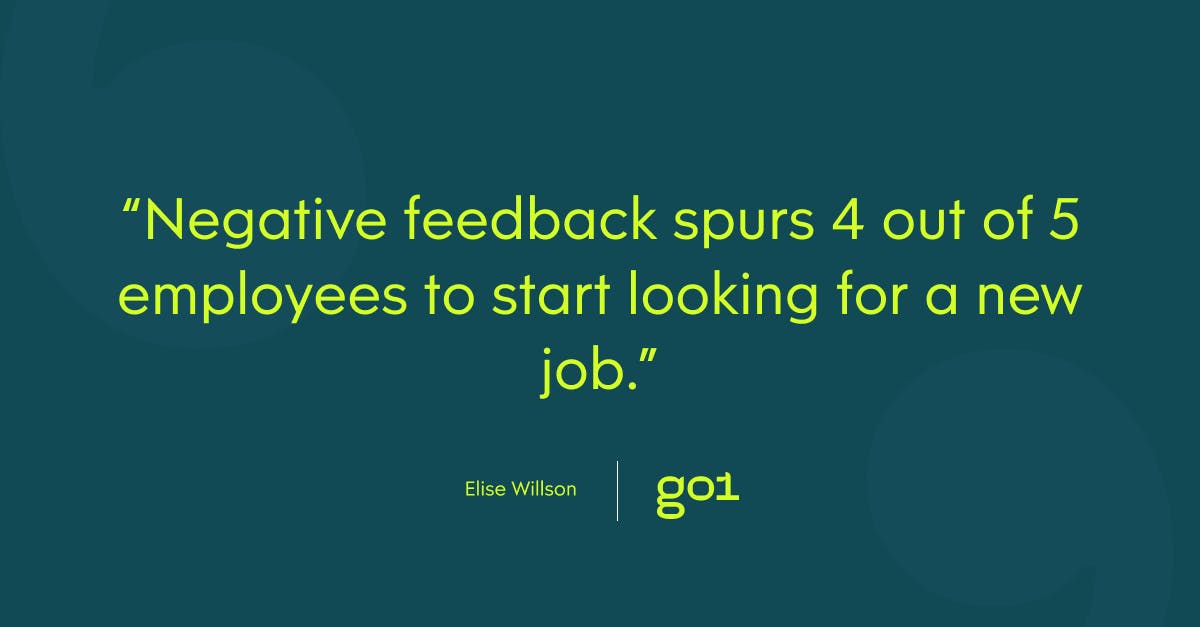
The ability to productively manage a difficult conversation is a skill that requires learning and consistent nurturing. Ask anyone and they could tell you tales of when a tough conversation at work has gone south. There are rarely any winners when these interactions are badly managed. Even if a leader feels that their message was delivered successfully, damage to employee engagement and company reputation could be irreversible. Particularly if the interaction lacks preparation, empathy and effective listening (read our article on 'Learning to lead with empathy' here).
Did you know that negative feedback spurs 4 out of 5 employees to start looking for a new job? Maybe it's time to ensure that leaders and managers have brushed up their skills on having difficult conversations. These conversations are unavoidable, but the potential negative impacts can be mitigated.
Feedback loops
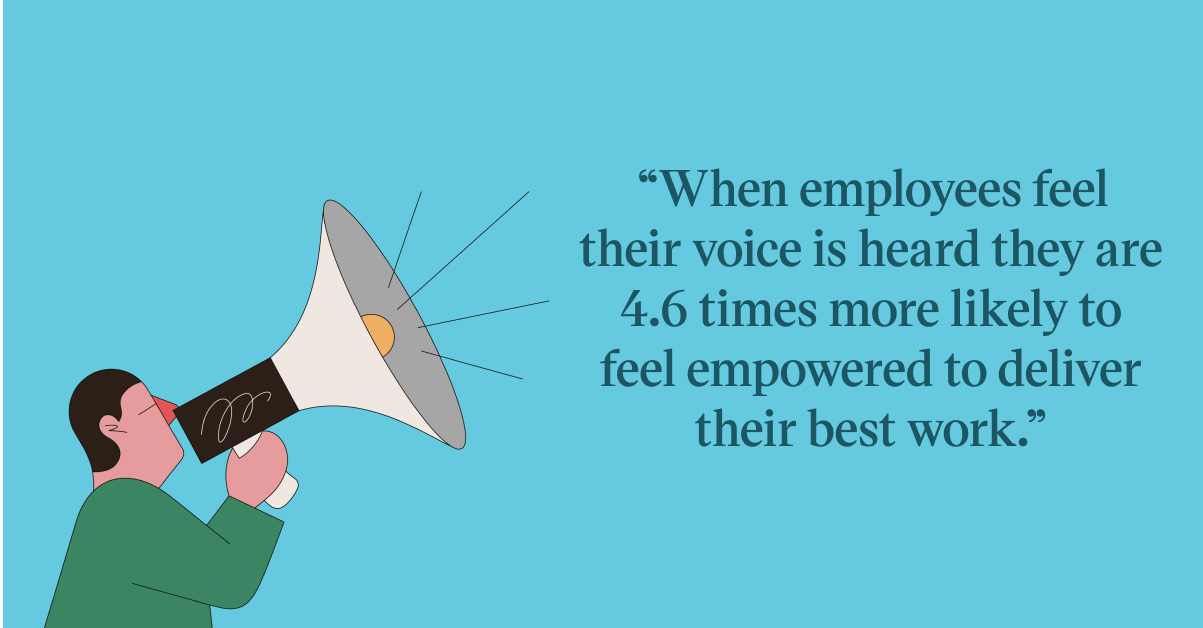
Effective workplace communication can often be mistaken for a one-sided strategy; how well does leadership communicate to their team. But one of the most impactful communication strategies that leadership can employ relies heavily on listening.
Employee feedback and input can be a vastly underrated resource. The value of effective feedback conversations lies strongly with how well equipped managers are to not only receive and act upon feedback, but create a safe open sharing environment in the first place.
If your employees feel safe and trusted, ideas, issues and changes will be communicated sooner. Listening to your team benefits not only their engagement level, but the organization's agility as a whole.
When employees feel their voice is heard they are 4.6 times more likely to feel empowered to deliver their best work. In a time when agility, engagement and wellbeing are paramount, let's prioritise upskilling our leaders' communication capabilities.
Organizational changes and decisions
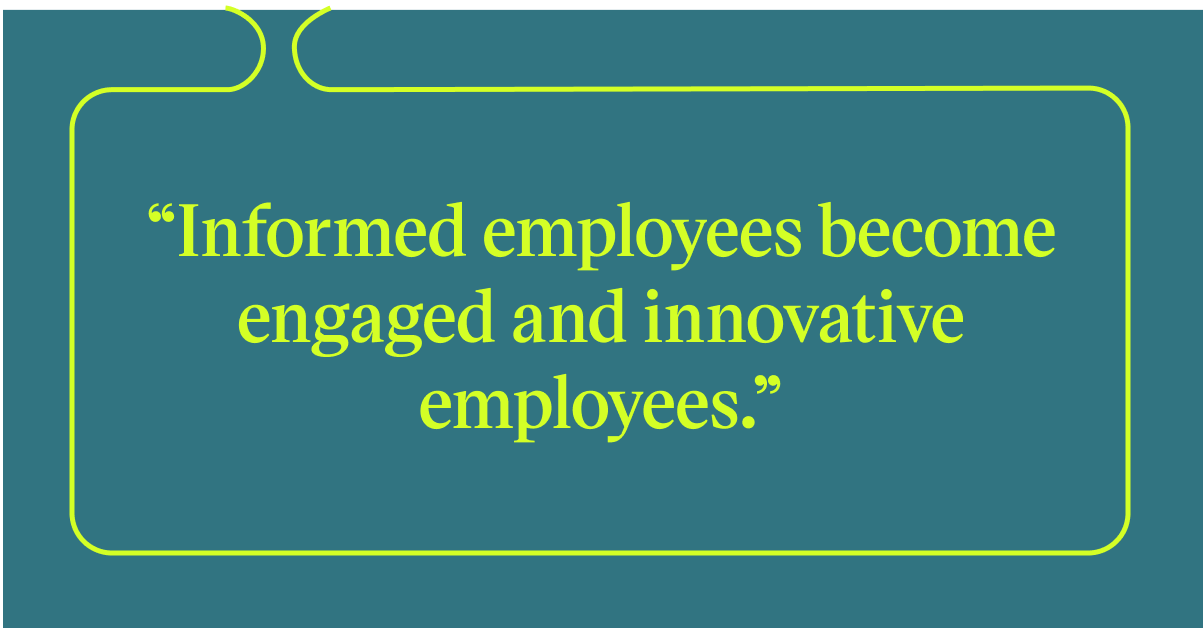
Gone is the picture of a suite of executives behind closed doors, with their siloed decision making and a workforce caught unawares by abrupt, unexplained changes and goals. The workforce of tomorrow needs to know how they fit within the moving picture of their organization's mission.
Transparency from leadership has been shown to not only increase team motivation and decrease employee anxiety but is proving to be a significant point of difference amongst industry competitors. Showing you value and trust your employees with authentic communication will both motivate them to stay, and attract stronger recruitment.
In particular, Millennial and Gen Z workers have shown to place significant value in being connected to their organization's mission. As the future's key workforce, transparency could be the key to attracting and retaining Millenials and Gen Z employees. Studies have shown Millennials rank authenticity from leaders as critical to job satisfaction.
When preparing strategic changes and organizational goals, let's remember that informed employees become engaged and innovative employees.
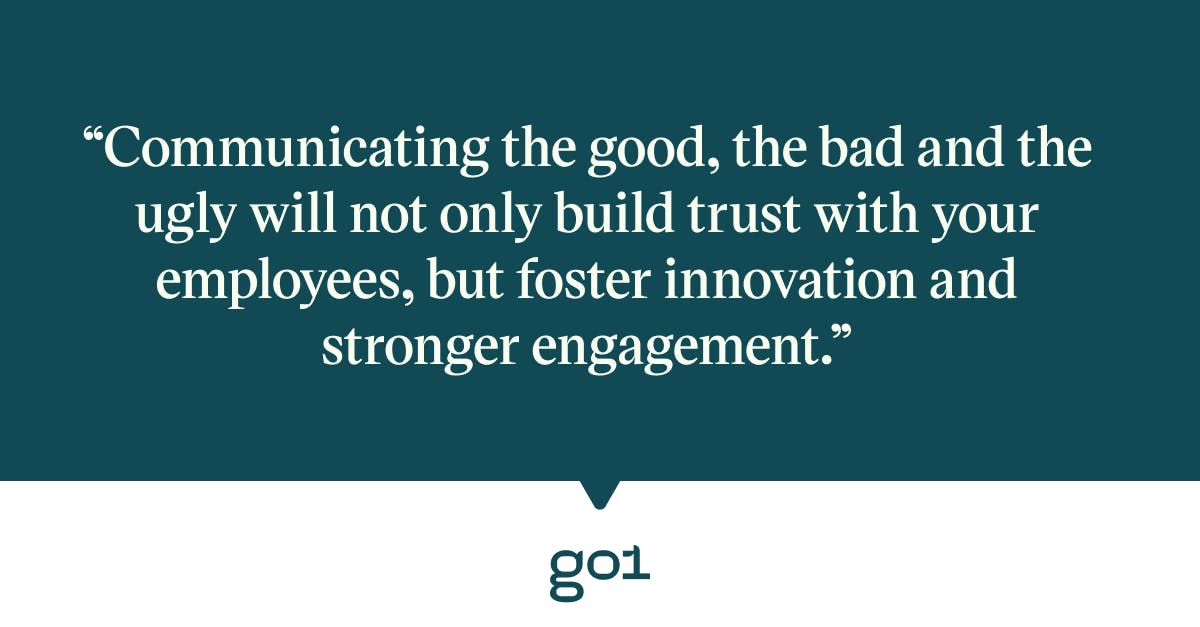
Communicating the good, the bad and the ugly will not only build trust with your employees, but foster innovation and stronger engagement.
The Humans at Work guide
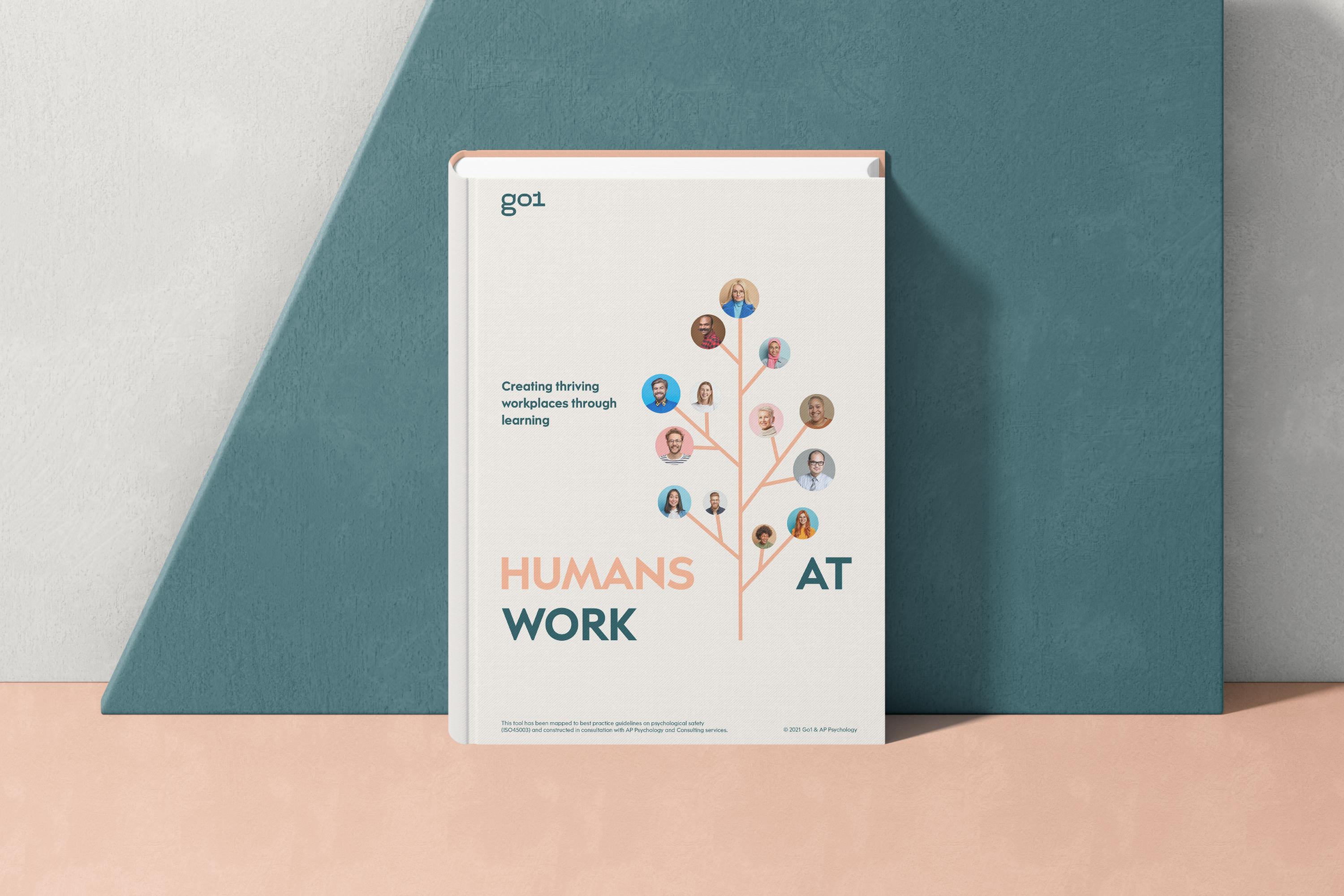
Leading and supporting teams in the future of work can feel overwhelming, particularly if you're unsure where to begin. To help navigate these waters, we have developed the Humans at Work guide in partnership with AP Psychology.
This auditing and planning tool will guide you in finding the right learning for your team, so they can turn up to work authentically themselves and thrive.
If you are a current Go1 customer, you can complete the guide in partnership with your CSM, and they will add a Humans at Work learning plan into your current learning structure.
If you are not currently a customer and are interested in elevating your workplace's mental health and wellbeing learning, we would love to help.
Download the Humans at Work guide now to start moving towards psychologically safer workplaces.




